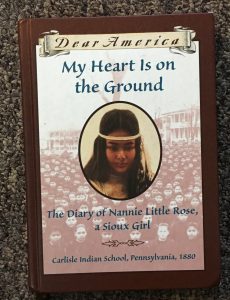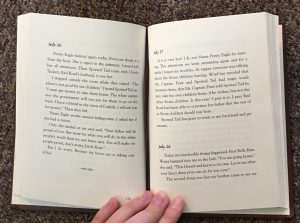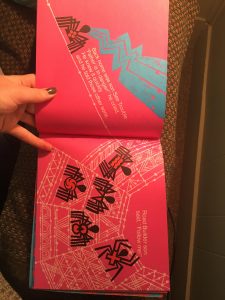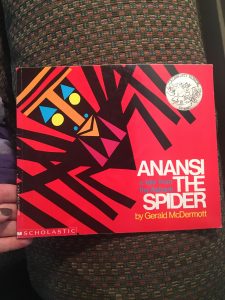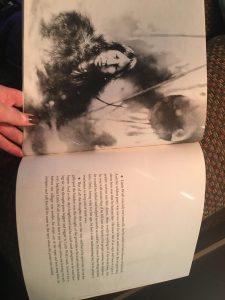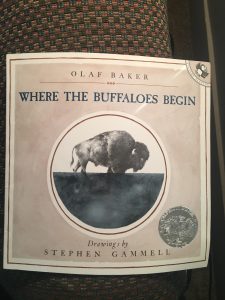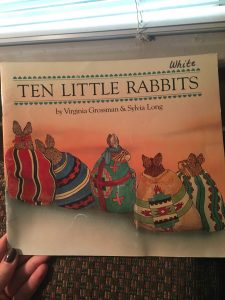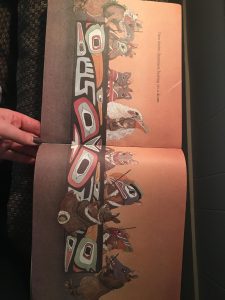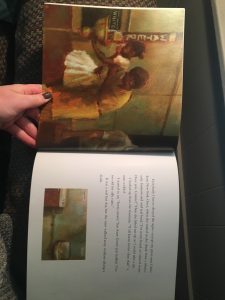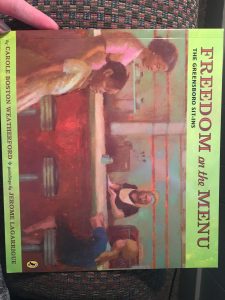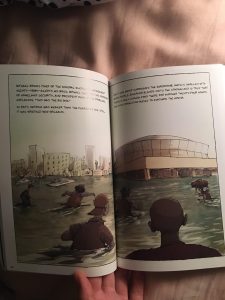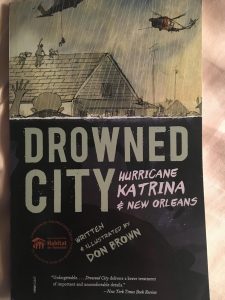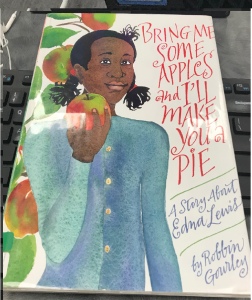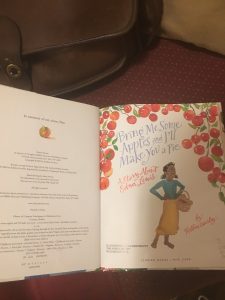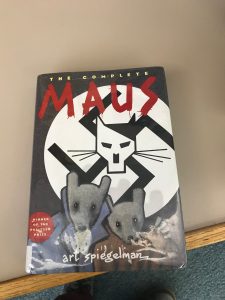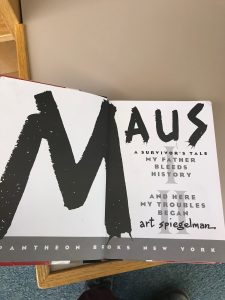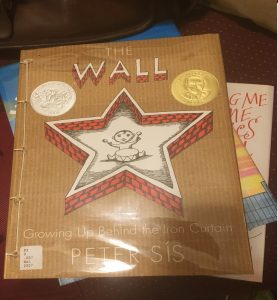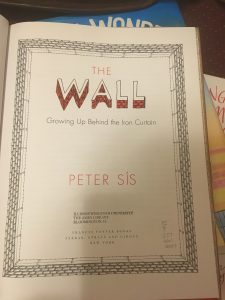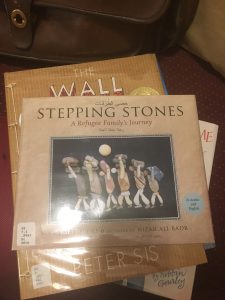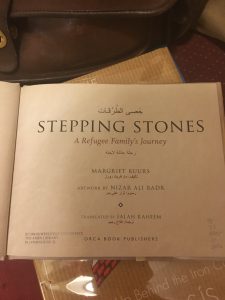Title: My Heart is on the Ground: The Diary of Nannie Little Rose, a Sioux Girl (Dear America series)
Author(s): Ann Rinaldi
Illustrator/Photographer: N/A
Publisher and Year: Scholastic Inc. 1999
Number of pages: 171
Tags/Themes: Allison Henry, Culture, Diversity, Chapter Book, Emotion, Historical Fiction, 4-5, Social Science
Genre: Historical Fiction
Descriptive Annotation: My Heart is on the Ground is written in diary format. At the end of the book is a section on the events happening in the United States during 1880, the year that the book takes place. There is also a section of pictures, a note about the author, and a list of the other books in the Dear America series. My Heart is on the Ground is the story of Little Rose, a Sioux girl who gets sent to a school set up by white people to force Native American children to forget their heritage and become the white people’s idea of a perfect citizen. Little Rose struggles to remember where she comes from while also making her teachers proud.
Classroom Application: This book could be used in a series of lessons on Native Americans. It shows what these children went through in an age appropriate way. It can also be used during a lesson on writing styles, as an example of epistolary writing. The students could read this book, put themselves in the position of a child in any point in history, and then write a range of diary entries.
Linguistic and Cultural Diversity Analysis: My Heart is on the Ground paints an accurate picture of the life of a Native American child at an Indian School. This book could be used to start a conversation on appropriate treatment of groups, dominant culture, and/or Native American culture. Little Rose talks about many aspects of her home culture quite often in the book. One instance of the cultural differences is shown when one of Little Rose’s peers dies from a disease. “I know some of the boys and girls wanted to tear their garments, cut their hair, cover themselves with mud, and slash at their arms because the Death Angel took Horace. But we were made to stand in citizens’ clothing, clean and quiet” (44). This book could also be used to build confidence in student’s writing skills. As Little Rose learns the English language, she makes many mistakes in her writing. If students read passages like, “The teachers had a new bed bring brought to our room” (69), they can recognize that it is ok to make mistakes in their writing.
